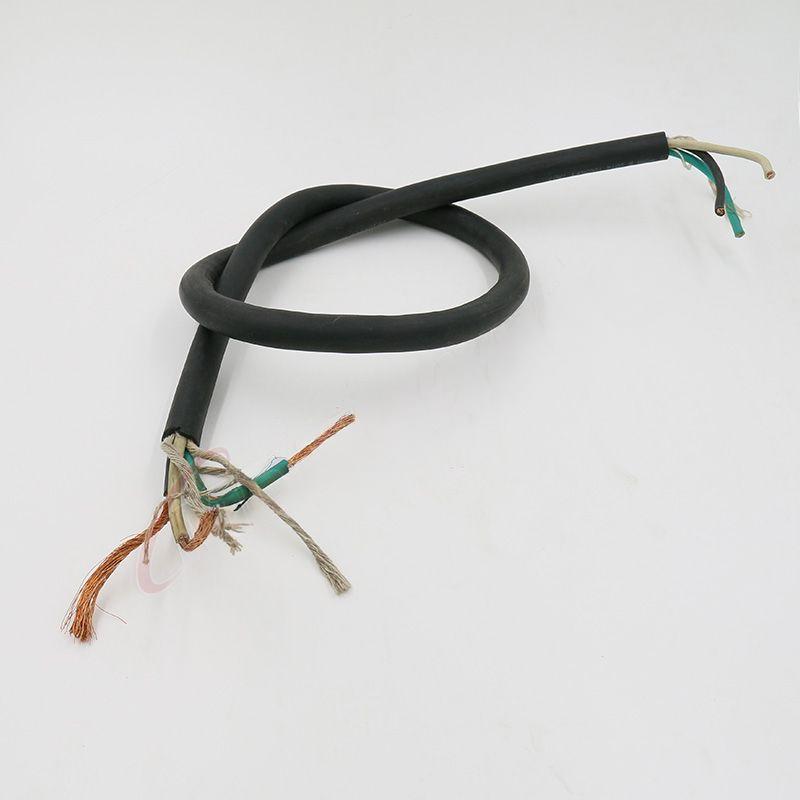Nov . 20, 2024 01:31 Back to list
actuated valve
Understanding Actuated Valves The Backbone of Modern Automation
In the realm of industrial automation and process control, actuated valves play a pivotal role. These sophisticated devices combine the functionalities of traditional valves with advanced automation technology, ensuring precise control over fluid flow in various applications. As industries strive for higher efficiency, safety, and reliability, the demand for actuated valves has soared, making them an indispensable component in sectors such as oil and gas, water treatment, pharmaceuticals, and manufacturing.
At its core, an actuated valve is a valve that is operated by an actuator. The actuator is the device that provides the necessary force to open or close the valve. This operation can be achieved using different types of actuators—electric, pneumatic, or hydraulic—each with its own unique advantages and use cases. Electric actuators are particularly favored for their precision and low maintenance, while pneumatic actuators are known for their speed and power in applications requiring rapid valve operation. Hydraulic actuators, although less common, are preferred in heavy-duty applications where high force is a necessity.
One of the primary advantages of using actuated valves is their ability to integrate seamlessly into automated control systems. By linking actuated valves with programmable logic controllers (PLCs) and other automation technology, industries can manage flow rates, pressures, and temperatures with unprecedented accuracy. This leap in control capability not only enhances operational efficiency but also mitigates risks associated with human error.
In the oil and gas sector, for example, actuated valves are critical for controlling the flow of crude oil and natural gas through pipelines
. In these high-stakes environments, where safety and precision are paramount, actuated valves contribute to minimizing leak risks and ensuring the integrity of the pipeline system. Similarly, in the water treatment industry, actuation technology allows for the automated control of water distribution systems, enabling better management of resources and improved response times during emergencies.actuated valve

Moreover, actuated valves can be outfitted with various sensors and monitoring tools, allowing for real-time data collection and analysis. This capability is particularly valuable in predictive maintenance strategies, where potential valve failures can be identified and addressed before they lead to costly downtimes. The integration of IoT (Internet of Things) technology has further transformed how industries monitor and manage actuated valves, enabling remote operation and data analytics that drive smarter decision-making.
However, the choice of actuated valve must be made with careful consideration of several factors, including the type of fluid being controlled, the pressures and temperatures involved, and the specific operational requirements of the process. Each application presents unique challenges, and selecting the right combination of valve type, actuator, and materials is essential for achieving optimal performance.
Additionally, as industries increasingly prioritize sustainability, there is a growing focus on energy-efficient actuated valves. Innovations in actuator design, such as low-power circuitry and advanced materials, are helping to reduce energy consumption and increase the overall efficiency of fluid control systems.
In conclusion, actuated valves are more than mere components; they are integral to the operation of modern automated processes across a diverse range of industries. Their ability to provide reliable, precise control of fluid dynamics, along with the advancements in actuator technology and integration with smart systems, marks a significant leap towards achieving operational excellence. As industries continue to evolve and embrace automation, the role of actuated valves will undoubtedly grow, underpinning the future of safe, efficient, and environmentally conscious operations. Understanding and leveraging this technology is essential for engineers and process managers aiming to keep pace in an ever-competitive landscape.
Share
-
Reliable Wafer Type Butterfly Valves for Every IndustryNewsJul.25,2025
-
Reliable Flow Control Begins with the Right Ball Check ValveNewsJul.25,2025
-
Precision Flow Control Starts with Quality ValvesNewsJul.25,2025
-
Industrial Flow Control ReliabilityNewsJul.25,2025
-
Engineered for Efficiency Gate Valves That Power Industrial PerformanceNewsJul.25,2025
-
Empowering Infrastructure Through Quality ManufacturingNewsJul.25,2025